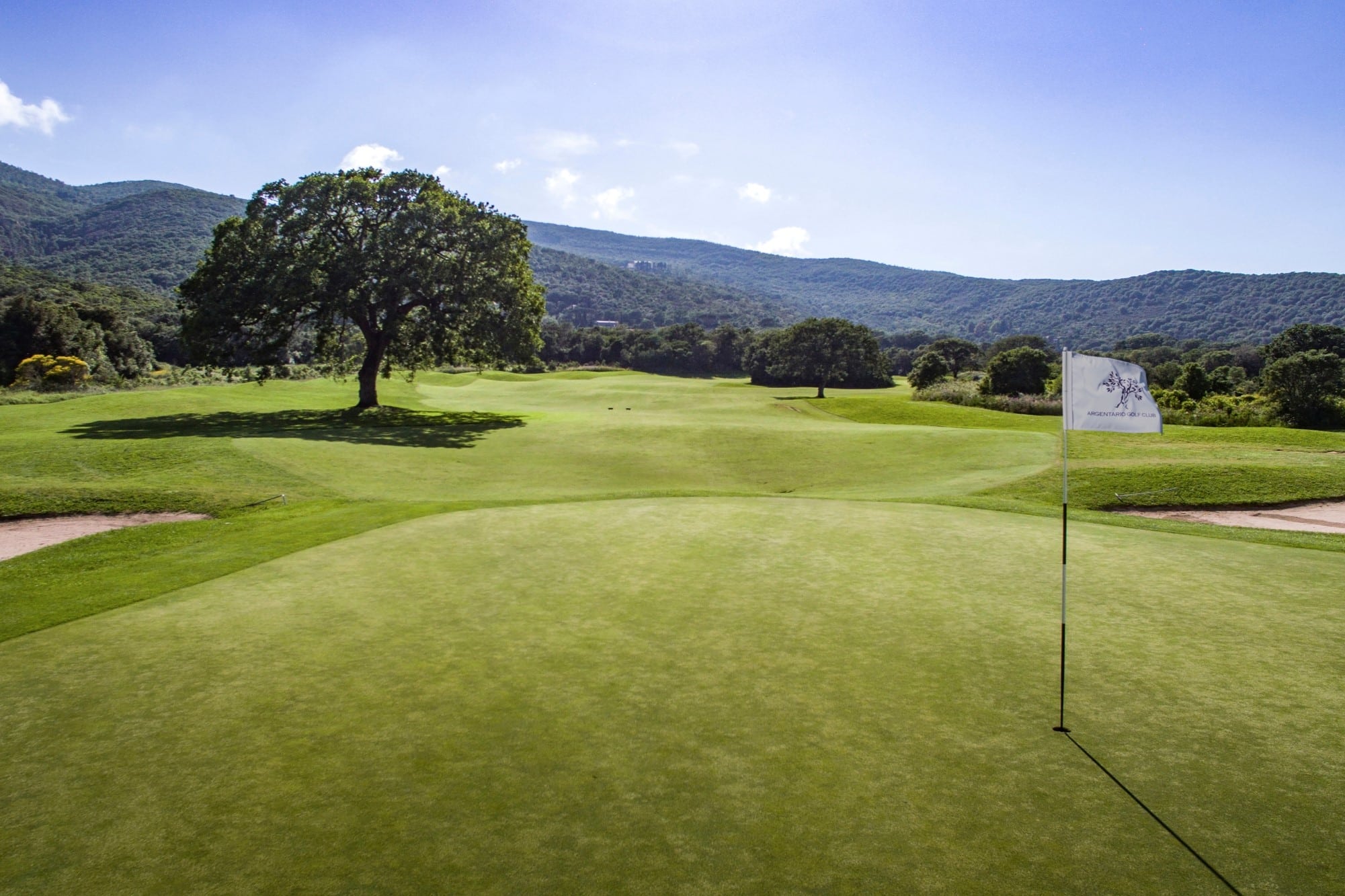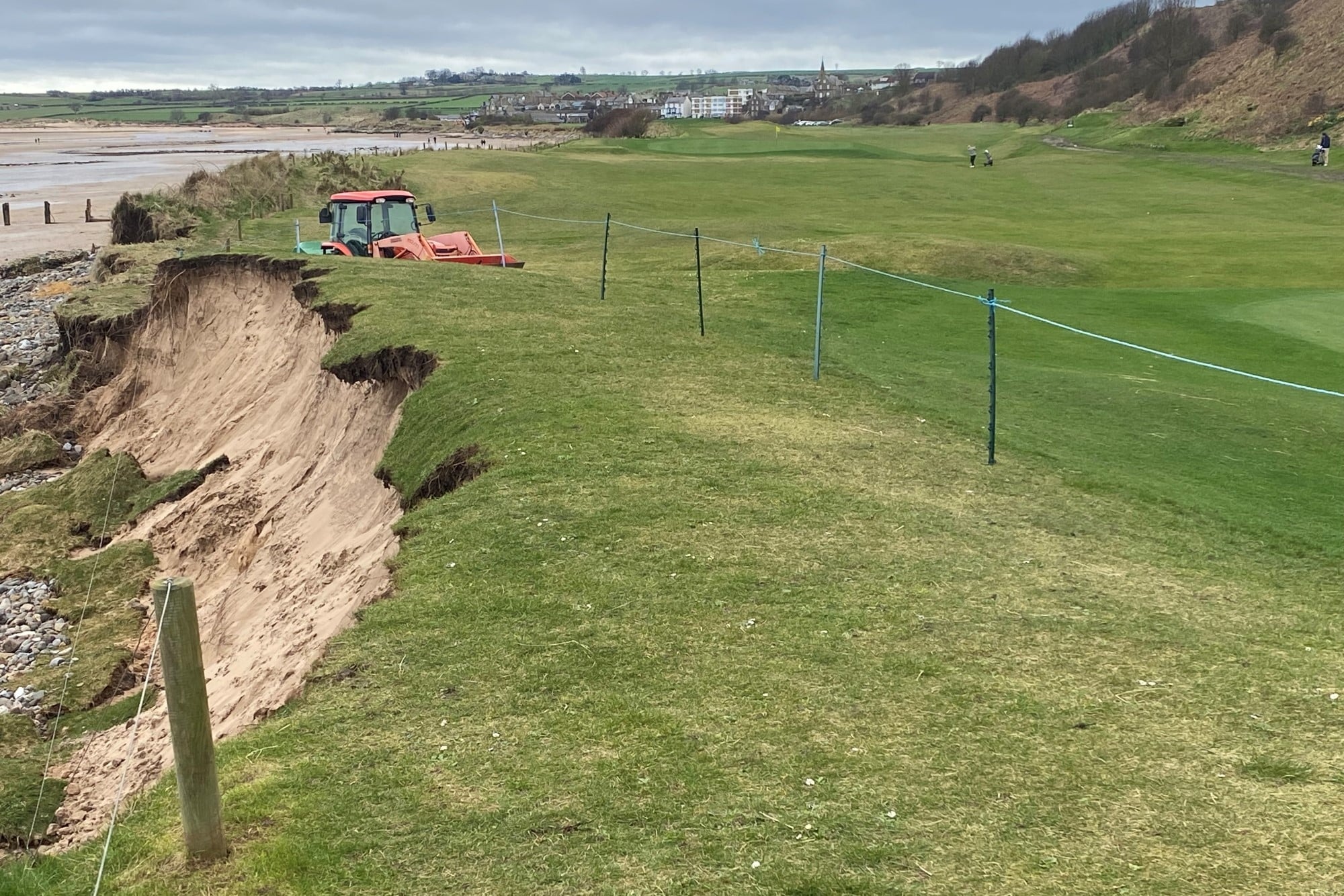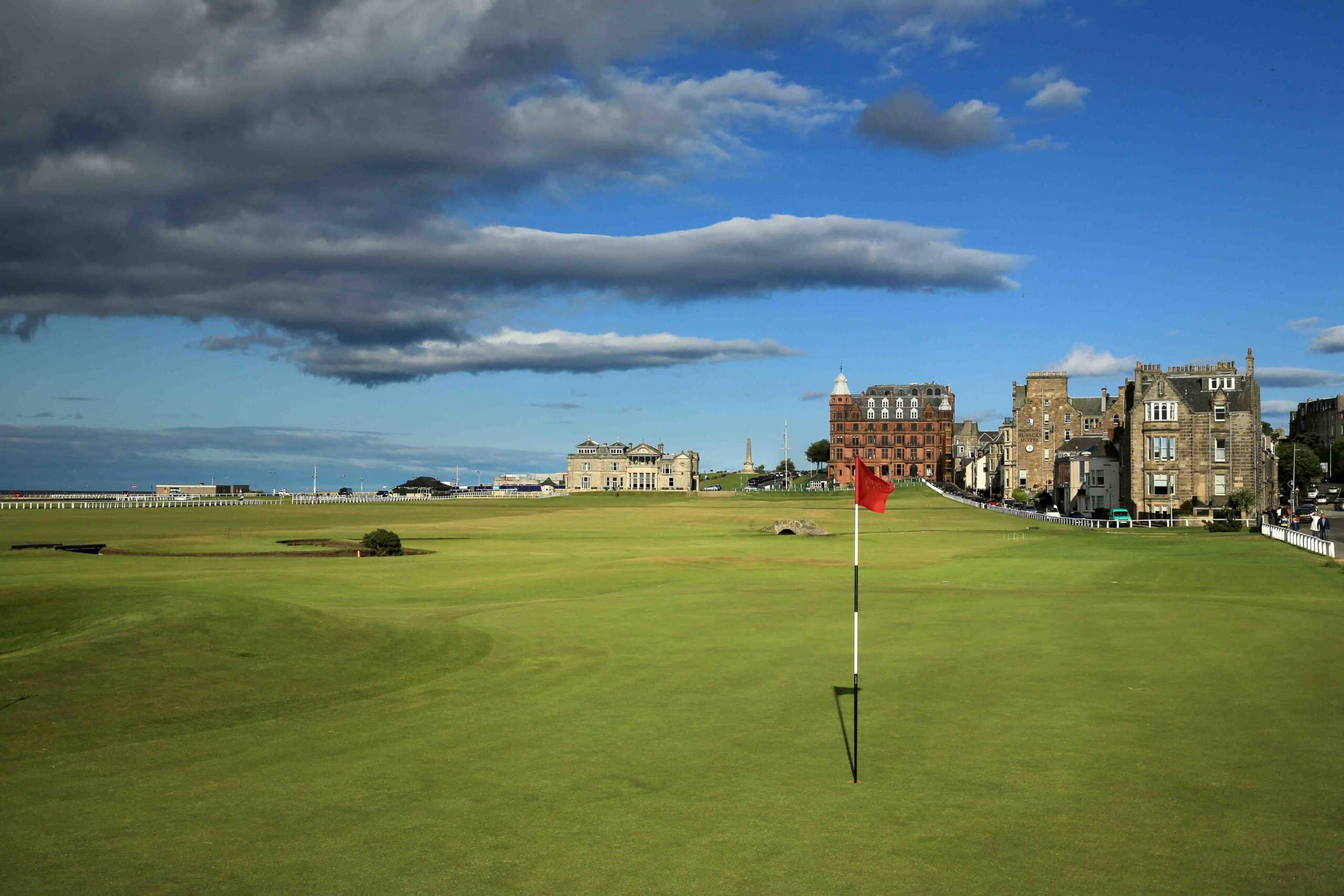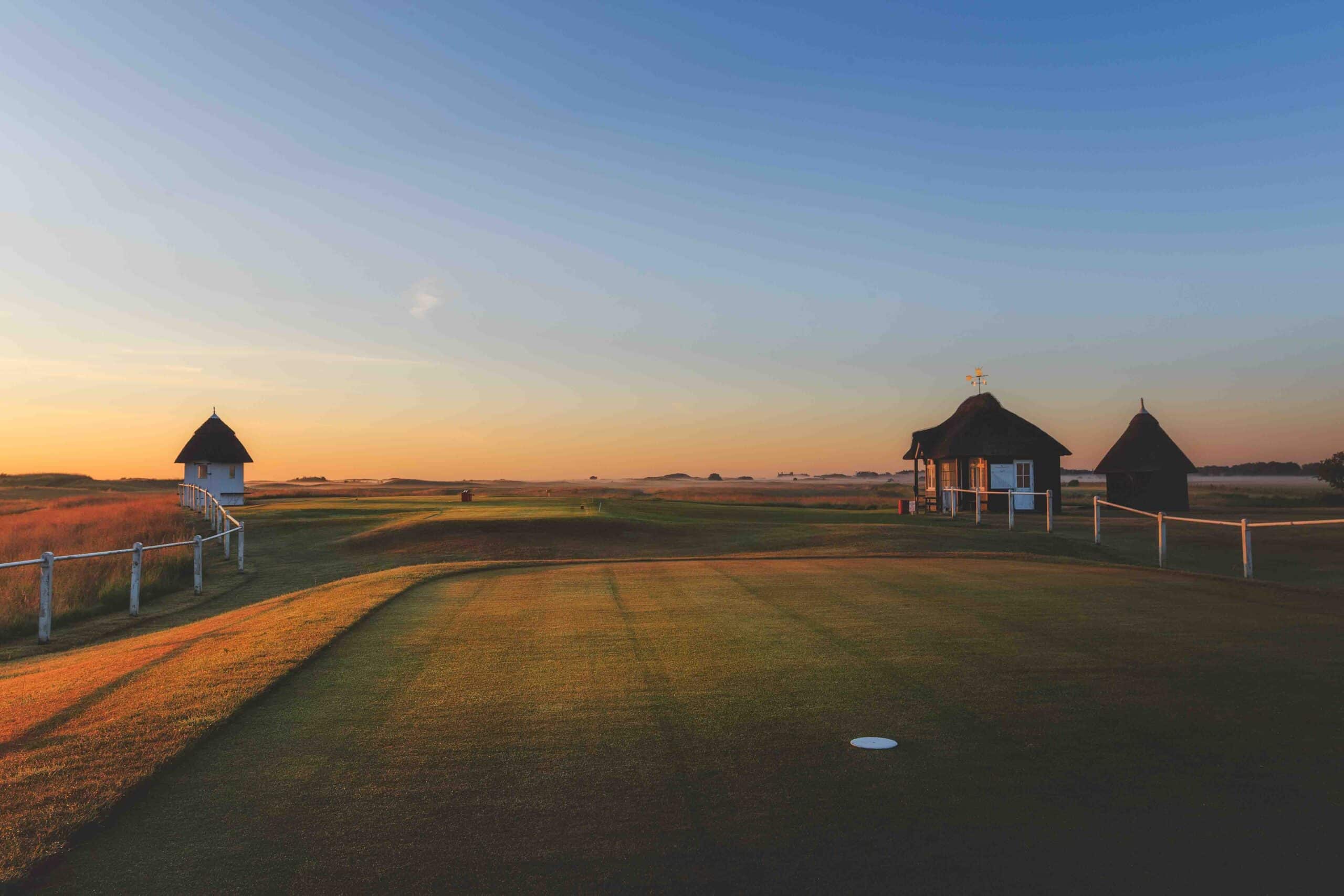
Danny Willett’s hole-by-hole guide to Augusta
There aren’t many people better equipped to take you through an Augusta hole-by-hole guide than a former Masters champion.
In this video, Danny Willett takes you on a personal trip along golf’s most hallowed turf where he was triumphant in 2016.
- Visit our dedicated Masters website for more from Augusta
Augusta hole-by-hole guide: 1st
Tea Olive, 445 yards, par 4
This is a fantastic opening tee shot with the crowd so close to you. There are two ways that you can play this, either with a cut driver up the left-hand side and take the bunker on, or you can play it short.
You can’t miss the green long or left.
Augusta hole-by-hole guide: 2nd
Pink Dogwood, 575 yards, par 5
A wonderful par 5. Again, two ways to play it. We tend to hit 3-wood up to the right-hand bunker, or you can be brave and you see some of the guys bomb it over the trap to leave a shorter second shot.
We’ve seen a few guys hole it out their approach down the years because of the way the green slopes. You aim for the back section of that green and it can slope down to that right-hand flag quite easily, as it did for Louis Oosthuizen in 2012.
Augusta hole-by-hole guide: 3rd
Flowering Peach, 350 yards, par 4
Augusta gives you a lot of options for where you want to hit your tee shots depending on where the pins are and how you like playing it.
Here you can either hit a 4-iron down the right-hand side and leave yourself a full wedge in, or you will see guys smash it over the hill and get within 40 or 50 yards.
I think it all depends where the flag is. For a left flag, a short pitch shot isn’t that easy. We work from the flag backwards and take it from there.
Augusta hole-by-hole guide: 4th
Flowering Crab Apple, 240 yards, par 3
A treacherous par 3 that can play anything from a 2-iron down to an 8-iron depending on where they’ve put the tee, where the wind is and where the flag position is.
Getting the wind right on this hole is an animal. We’ve seen guys flying it over the hedge line on to Washington and we’ve seen guys coming up 20 or 30 yards short.
To get your club selection right here is extremely tricky.
Augusta hole-by-hole guide: 5th
Magnolia, 455 yards, par 4
There are many ways of playing the 5th. You can hit something up the right-hand side with a 280 run out or you can try and take the bunkers on a little bit more and bring the bunkers a little bit tighter, which takes the run out a bit more.
The further up you the flatter your lie and the better your view of the green, which looks pretty big on the course guides but when you get up there it plays pretty small with the sections you’ve got to hit into.
Long right is a definite no go if you need to get up and down.
Augusta hole-by-hole guide: 6th
Juniper, 180 yards, par 3
A tremendous par 3 with elevation of about 20 yards. There are two specific areas on the back right and back left sections where, if you don’t quite get them, your ball is going to funnel off the front part of the green and make it really tricky to make par.
With the wind swirling around and bouncing off the trees from the 16th it makes club selection here really tricky.
Augusta hole-by-hole guide: 7th
Pampas, 450 yards, par 4
One of the straightest holes at Augusta. Everyone just hits driver and tries to skirt the left-hand trees and bounce it down there to hopefully leave a short iron in.
One of the narrowest greens on the course, only about 11 or 12 yards deep, and the pin positions here can make it tricky.
Long is not somewhere you want to go.
Augusta hole-by-hole guide: 8th
Yellow Jasmine, 570 yards, par 5
Here you are either trying to hit a bullet fade or a draw off the trap. Some of the longer hitters may be able to fly it over the bunker, but I’m not one of them so I have to hit it up the left hand slot.
If I’ve got a good tee shot away then I can try and get a hook around that tree and land one 50 yards short to get it scuttling up to the front edge which would leave you a pretty nice chip to most flags.
It’s very clever, because even with a second shot where you can get close to green, if you can’t up then you’ve got to be looking at your misses because there are three very definite knuckles on the 8th green.
Get the wrong side of one of those and there is no chance of getting up and down.
Augusta hole-by-hole guide: 9th
Carolina Cherry, 460 yards, par 4
A beautiful dogleg left where you’re trying to just skirt the trees.
If you get a really good one down there you could get to the bottom of the hill. The elevation change is probably about 10 yards when you turn round and you’ve got the natural amphitheatre of the guys sat around the 9th green with them just a few yards from the side of the green.
It sits on the angle so if you’ve got a right-to-left breeze it’s really hard to try and get to left-hand flags. The right-hand miss gives you more of a chance to get up and down.
Augusta hole-by-hole guide: 10th
Camellia, 495 yards, par 4
This is a strange old hole and you see a lot of trouble off here. You can hit it straight down the right with a 270-yard run out or you see some guys trying to hold the corner and getting it going down there.
The only problem with leaving it short down the right is you leave a hell of a long way in, so in an ideal world you’re going to hit a babydraw and try pitch about 260, 270 and then that’s going to skirt down to the bottom of the hill and leave you a mid to short iron in there.
The green sits severely back right to front left. If you get above that flag here you’re going to have a quick putt, especially to those front right and front left flags.
The right-hand bunker, as I’ve found out in the past, is not the place you want to be here. It depends how they shave the area to the left. Sometimes it’s a nice area to chip off if your ball just trickles off. But if they trim it right down it’s going to run 20 or 30 yards down the hill and make it very difficult.
Augusta hole-by-hole guide: 11th
White Dogwood, 505 yards, par 4
A fantastic par 4 where you’ve got to get a long and straight drive away. The fairway does open up a little bit down the left-hand side and if you do that it gives you a different angle in and requires a second shot over water.
The longer the better down here and you walk to the top of the hill and you see Amen Corner. It’s a very sneaky hole to try and get it anywhere near. We try and say anything 20 yards on is your maximum number to try and pitch it.
Once you start to bring in long and right it starts to get tricky to get up and down. If you’re 30 or 40 feet short of that flag you’d take it everyday.
Augusta hole-by-hole guide: 12th
Golden Bell, 155 yards, par 3
A notorious hole in the world of golf and one that helped me out in 2016.
For a such a short hole, ranging from 135 to 155 yards, it plays havoc. I actually think that hole might be easier if it was longer because there would be less interruption from the irons you are hitting because of the spin.
Because you are hitting a wedge or a 9-iron it means when the wind bounces off all the trees coming in it really effects the ball. You see great iron shots go 15 yards long and 15 yards short. It really is one that you’ve got to drop on with a good number and you’ve got to hope for a lull in the wind when you step on that tee box.
Augusta hole-by-hole guide: 13th
Azalea, 510 yards, par 5
Another you can play that in many different ways. I can’t draw the ball easily so I just hit a 3-wood up here to the trees so I can’t run out.
You can be adventurous here. For the lefties, like Bubba Watson and Phil Mickelson, it’s quite easy to get the height and the cut to get it round the corner to leave themselves a mid or long iron in there.
If you’ve got 250 or 260, the ball is two or three feet above your feet. I don’t think people understand how sloped this fairway is, so you’re trying to hit a low slinging lay-up shot.
For us we just try and get it up close to Rae’s Creek and make that chip up the green a little bit easier. If you’re leaving yourself 100 to 120 yards in to that green and you spin the ball a lot, with the green sloping from back left to front right, it’s pretty easy to spin the ball into the water.
Augusta hole-by-hole guide: 14th
Chinese Fir, 440 yards, par 4
This is very much like the 7th for me. You just want to skirt the trees down the left, mainly because the fairway runs from left to right and you don’t want to be running into the right semi-rough.
Not the longest hole on the golf course by any means, you’re going to leave yourself a wedge in, but again a green that is theoretically in half with that ridge that runs down the middle.
Any ball with a bit of spin is all going to feed to front right, and trying to get up and down or two putt from there is really really tricky.
Getting your distance right for your second shot is really key.
Augusta hole-by-hole guide: 15th
Firethorn, 530 yards, par 5
A great par 5. You need to try and hit a bullet cut down the right-hand side. If you’re too far left you’re going to have to hit it under the trees and get it running about 80 yards short of the green.
If you get a great drive away the green isn’t too deep to be hitting 3-, 4-, 5-iron into and if you’re long then you’re chipping up the hill onto a green that is then down the hill and running away from you.
You’ll have seen guys think they’ve hit great shots in there in the past and they’ve gone long and then the up and down becomes a bit of a nightmare because you can end up chipping into the front water.
Augusta hole-by-hole guide: 16th
Redbud, 170 yards, par 3
Another iconic par 3, and another that helped me in 2016. You can be hitting anything from 9-iron up to 6-iron depending on the wind and tee box location, and again you’ve got very specific areas on this green with a spine that runs through the middle of it.
Obviously you’ve got the famous back left Sunday position. The back right position is a very difficult position to get it to. You’ve got to bring in the right and left swale and the back right bunker.
It’s one that’s hard to get right on 16.
Augusta hole-by-hole guide: 17th
Nandina, 440 yards, par 4
Since the Eisenhower tree was removed this tee shot is a little bit easier.
It’s a pretty straight golf hole and if you hit a solid drive up here it will leave you anything from an 8-iron to a pitching wedge depending on wind.
Another treacherous green split into four very different sections, with three distinct knuckles which splits it up. The one place you can’t go here is long and right, which is dead to most flag positions.
Augusta hole-by-hole guide: 18th
Holly, 465 yards, par 4
Your tee shot here depends on how far you hit it and what you want to do. I hit 3-wood up there most of the time if the wind is in the right direction.
If you want to hit driver you’ve got to peel it off the bunker and skirt the right hand side. The only problem is if you over-cut it you’re going to hit some big trees down the right.
You will have seen some famous shots from under those trees to chip and run it up to the green. If you do go where we think, 280 or 290 off the tee, you leave yourself a 6- or 7-iron depending on the flag and the wind.
A green that looks pretty simple to the naked eye, split across the middle from front to back. Back left or back right is a nice position where you can work it off a bank and the bunker is not as bad.
You get one of the pins at the front and you’re missing it left and right then making that up and down is really, really difficult.
- Visit our dedicated Masters website for more tales from Augusta










